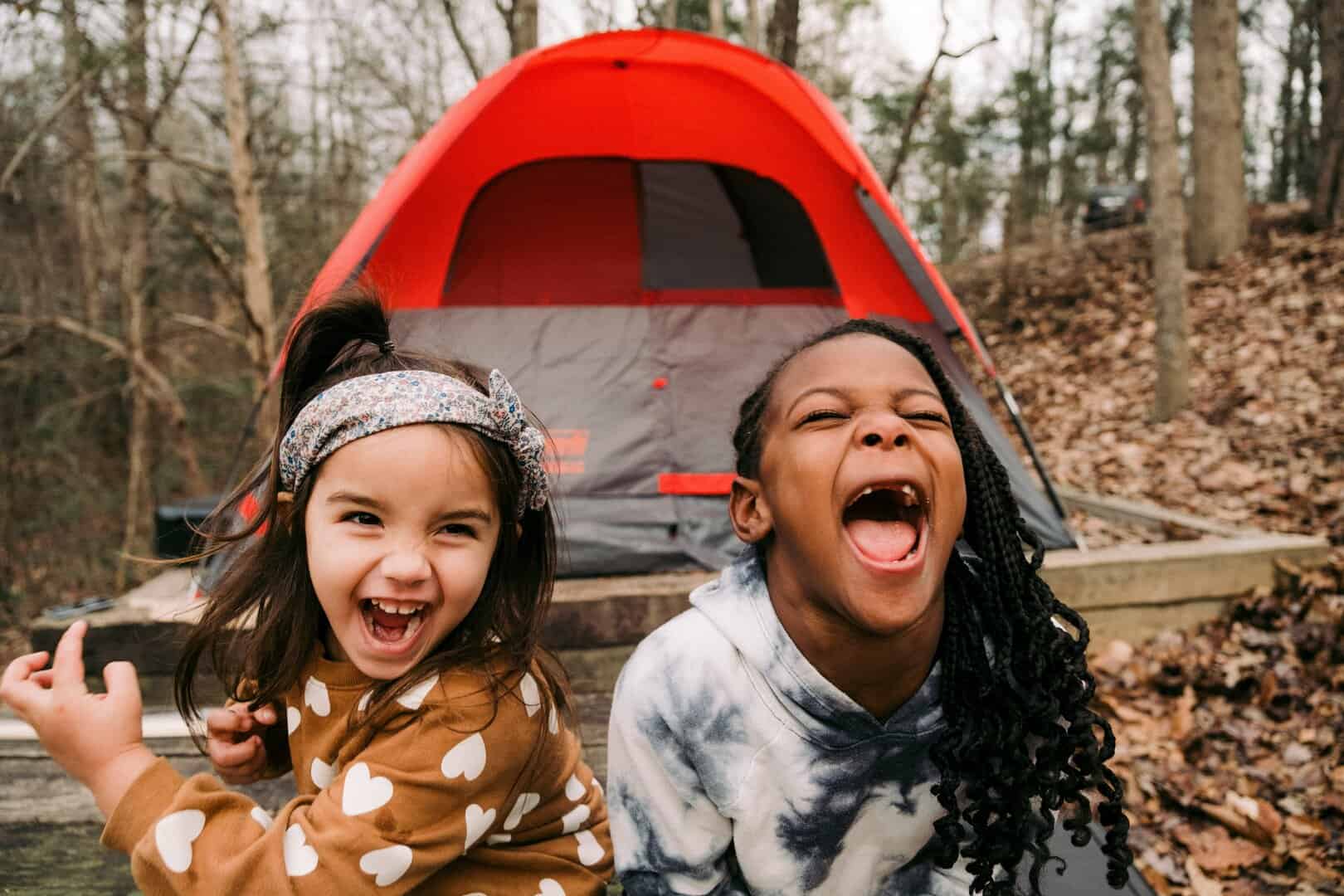Learning is one of the most important aspects of human life, starting right from early childhood until death! With the growing advancements in the learning process, students no longer have to be seated in the classroom attending lectures presented by their teachers. In the present time, learning is facilitated by nature’s outdoor classroom!
The concept comes from outdoor learning, where kids practice learning outside!
In this article, we will list the top benefits of nature learning activities and how nature’s benefits are showcased in the students’ learning process.
While we navigate through the importance of outdoor learning, the role it plays in students’ learning, and how it can be implemented, top homework help websites can help students complete their essays, assignments, and projects by offering a detailed summary, tons of resources, and correct encouragement and motivation to complete their homework.
Let’s start!
- Enhanced Cognitive Development
One of the significant benefits of outdoor learning is cognitive development. As students incorporate the elements of the environment and surroundings into their knowledge, it helps them remain alert and have a better sense of understanding, which results in cognitive development. Instead of being in the classroom, they now have the natural outdoor classroom to experiment with their learning! When students immerse themselves in nature learning activities, it encourages cognitive development.
Nature stimulates students’ curiosity and helps them explore their areas of creativity. They are exposed to places where they can use their imagination and creativity, which enhances their cognitive development.
- Improved Physical Health
Outdoor learning involves lots of walking, running, and playing around in nature! The benefits of nature play are showcased in their physical health. Kids learning outside tend to be more active than those who are seated inside the classroom. An outdoor classroom can make learning fun and engaging for students while taking care of their physical health.
Further, teachers can create groups for students to explore various aspects of nature learning activities, such as exploring flora and fauna, visiting the zoo, an art gallery, museums, and more. Nature Outdoor Classroom also hopes to break the monotonous learning pattern and actively involve the kids to improve their learning and physical health.
With the growing rate of obesity and unhealthy life patterns among students, outdoor learning can help eradicate them a bit by encouraging students to learn in a healthy style by exploring nature and the environment.
- Social Skills and Teamwork
The fun aspect of kids learning outside is the teamwork they do! In outdoor classrooms, the learning occurs in creating groups, assigning them their learning projects, and involving students to complete them. Outdoor learning can help students improve their social skills. Depending upon the group formed and the type of the project, they communicate with their fellow mates, the local people, and individuals in the surroundings. Conversation with the locals can help them communicate effectively with their classmates and people outside of the classroom. This helps students in improving their social skills. And, because the nature of learning activities is usually done in groups, they also learn the importance and formulation of group work and how it can be done effectively.
- Increased Creativity and Imagination
Thanks to the advancement in tools and technology, learning has taken various forms in schools, ranging from the use of electronic devices like computers to presentations. But nothing can beat the benefits of outdoor learning in increasing creativity and imagination.
Students are provided with an environment where they can explore nature, find answers to their curiosity, explore various concepts, and find the answer on their own. Outdoor learning gives them the opportunity to explore nature, bring their imagination into play, and learn through exploring. The access to the environment gives them the power of creativity. Instead of having to be seated and visualize the concept of a museum or a forest, an outdoor classroom allows them to be in real nature, to dive into the imagination and creativity that comes after that! They can learn by visualizing the elements they see and explore beyond what’s shown in the slides to improve their creativity. The outdoor surroundings give them the space to develop games, stories, and poems based on the surroundings they’re exploring.
- Emotional Well-being and Stress Reduction
Studies have shown that students more exposed to nature and surroundings have better emotional well-being than those who don’t. Nature has its own elements that are proven effective in reducing stress. When students explore the outdoor setting, they can connect with nature and breathe fresh air! This practice of learning can be effective in improving their emotional well-being! Further, exploring areas like nature, forests, flowers, and rivers appeals to everyone, including the students. They can immerse themselves in nature, reduce their stress, and take time to relax.
- Environmental Awareness and Stewardship
Our nature and environment need protection, and the upcoming generation needs to be aware of it! The major benefit of outdoor learning is the experience it provides to the students, where they can connect deeply with the environment to understand its importance. It instills a sense of importance in the environment among the students and shows what can be done to preserve it. Activities like tree plantation and gardening take a step toward protecting their environment.
Students who are never exposed to outdoor learning will not be able to understand the importance of the environment and the role it plays in our lives. With outdoor learning comes the knowledge among the students that familiarizes them with the importance of nature and creates a sense of awareness. This can help them be a future steward towards protecting and preserving nature. And with the growing environmental hazards, it’s a must to familiarize kids and students with environmental awareness. Outdoor learning allows teachers and educational institutions to make students aware of nature.
- Hands-On Learning Opportunities
While technology has played a significant role in giving students the necessary exposure to familiarize themselves with the concepts, their implementation, and usage, there still seems to be a need for hands-on experience. With outdoor learning, students can actively engage in the projects, get hands-on experience with their projects, and get an idea of how these works or activities are carried out in the real world. They can implement the learning from course books in real life. Outdoor learning is a great place to provide students with real-world experience. Unlike Virtual Reality and augmented reality, students can deal with real nature, tackle real issues, and communicate with real people. This will help them improve their overall experience, from social skills to problem-solving skills to solving real-world problems.
Final Thoughts
Outdoor learning has a role in improving the student’s creativity and imagination, resulting in enhanced cognitive development, exposing them to the real world, connecting with nature, insisting on the importance of teamwork and social value, and creating an impact on environmental awareness. The benefits of nature play extend beyond their regular learning of coursebooks and help them prepare for the real world. Here, we discussed the top 7 educational benefits of nature-based activities for kids. We encourage teachers and academic institutions to involve nature learning activities in the regular curriculum to allow students to enter an outdoor classroom.





